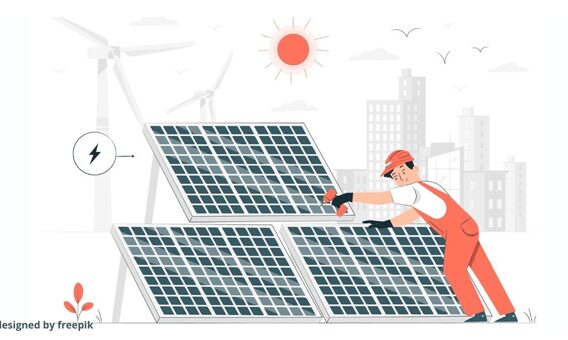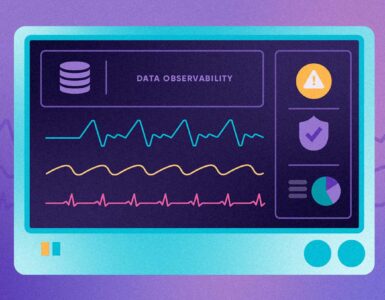If you’re considering going solar, then you need to understand the size of solar system that will be necessary to power your home (as much as possible).
The size of a solar photovoltaic (PV) system is what it can deliver. Most people don’t know this: the size of the system isn’t about the number of panels rather output it generates (KW).
Let’s under your electricity usage first
The easiest way to size your solar system is to look at past electricity bills. For example, in the previous month or quarter, you should know how much power you’ve used.
Figuring out your power usage is now even easier! You will see an average daily usage on your monthly electricity bill. If you have a smart meter, you can check it online at any time.
Typically homes use an average of 15-20kWh per day. But the usage will vary depending on things such as the number of people in the household or if they have a pool. For instance, a single person’s home will use 8-9kWh per day, while a house with 5 people and a pool could use up to 33kWh per day.
Take note of the electricity usage
Solar panels are the way to go to power your home. They can be used to generate electricity more effectively during the day than at night. If you use power mostly when you’re not home, your consumption will be in the evenings, so think about how you can maximize your solar panel’s potential.
Consider how much power is needed on different days of the week. For instance, do you use more power during the weekend? As people are at home and running a variety of appliances, they may require more power. In summer, when running air conditioners, consumers may use more power than in winter, when they’re running heaters. Feedback
Once you know your power usage, it’s time to figure out how much power you use on average daily, how much on a peak day, and the times of day when you use the most power.
Working out the size of your solar PV system
You now know how much power you typically use, the times you use it, and the potential for solar. The capacity of your solar PV system will need to match your power usage.
The most common solar system is grid-connected. This type of system uses solar panels to generate electricity during the day and relies on the grid at night, for instance. See grid-connected vs off-grid for more.
Solar panels per kwoutput
Solar PV systems can be rated in watts or kilowatts. 4, 5, 10 kW – these are just a few examples of ratings. (See terminology for the difference between watts and kilowatt-hours. Kilowatt-hours is the unit by which your consumption is measured and billed.)
We don’t know the exact amount of electricity generated per kW of solar panels, and it depends on a lot of factors. But here’s what we do know. The amount of electricity generated depends on the time of year, your location, the orientation of the panels, and so on.
Power usage shifting
When you’re looking to save money on power costs, it makes sense to use your solar panel to its full capacity. In order to do this, try to maximize the amount of power you use during the day, while the panels are generating electricity.
If you’re going to be using power at night, try to use as little of it as possible. Night-time power is expensive because it comes from the grid (as opposed to your solar panels). If you have a storage battery for night-time use, you’ll want to make sure it doesn’t run out of power.




























